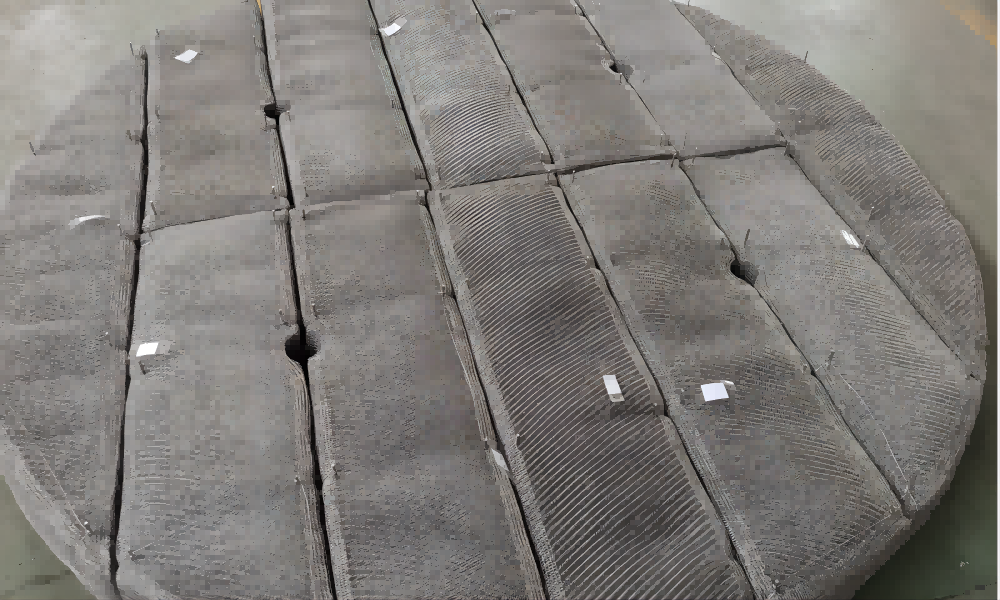Choosing an Efficient Demister Pad to Suit Your Needs

When selecting a demister pad, you can consider the following key factors:
Flow rate requirements: First, determine the flow rate of the liquid you need to process. This will affect the size and flux requirements of the demister pad. Make sure the chosen demister pad can meet the actual flow rate needs.
Material selection: Demister pads are usually in direct contact with the liquid, so material selection is crucial. Stainless steel knitted wire mesh is a high-quality material commonly used for demister pads, but you can also consider other materials such as polypropylene, nylon, etc., depending on the specific application environment and liquid properties.
Operating pressure: The demister pad needs to withstand the operating pressure of the liquid, so you need to confirm the maximum working pressure in your system to choose the appropriate demister pad type and pressure rating.
Mist removal efficiency: Different types of demister pads have varying mist removal efficiencies. You can choose the appropriate demister pad type according to your application requirements to ensure it effectively removes entrained liquid droplets from the gas stream.
Cleaning and maintenance: Demister pads may accumulate some deposits or particles during use, so consider the ease of cleaning and maintenance. Demister pads that are easy to clean can reduce maintenance costs and ensure long-term effective operation.
Environmental adaptability: Choose the suitable type of demister pad based on the specific application environment. Stainless steel and other corrosion-resistant materials are often used for demanding environments.
Additional features: Some demister pads may come with other features, such as additional filtration capabilities. If you need these extra features, you can choose the corresponding demister pad type.
Budget considerations: Finally, consider budget limitations and select a demister pad that offers good value for money.
In summary, selecting a demister pad requires considering factors such as flow rate requirements, materials, operating pressure, mist removal efficiency, cleaning and maintenance, environmental adaptability, additional features, and budget. If you have specific application requirements, it is advisable to consult professional suppliers or engineers to get more specific advice and customized solutions.
